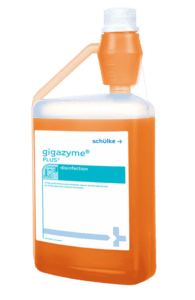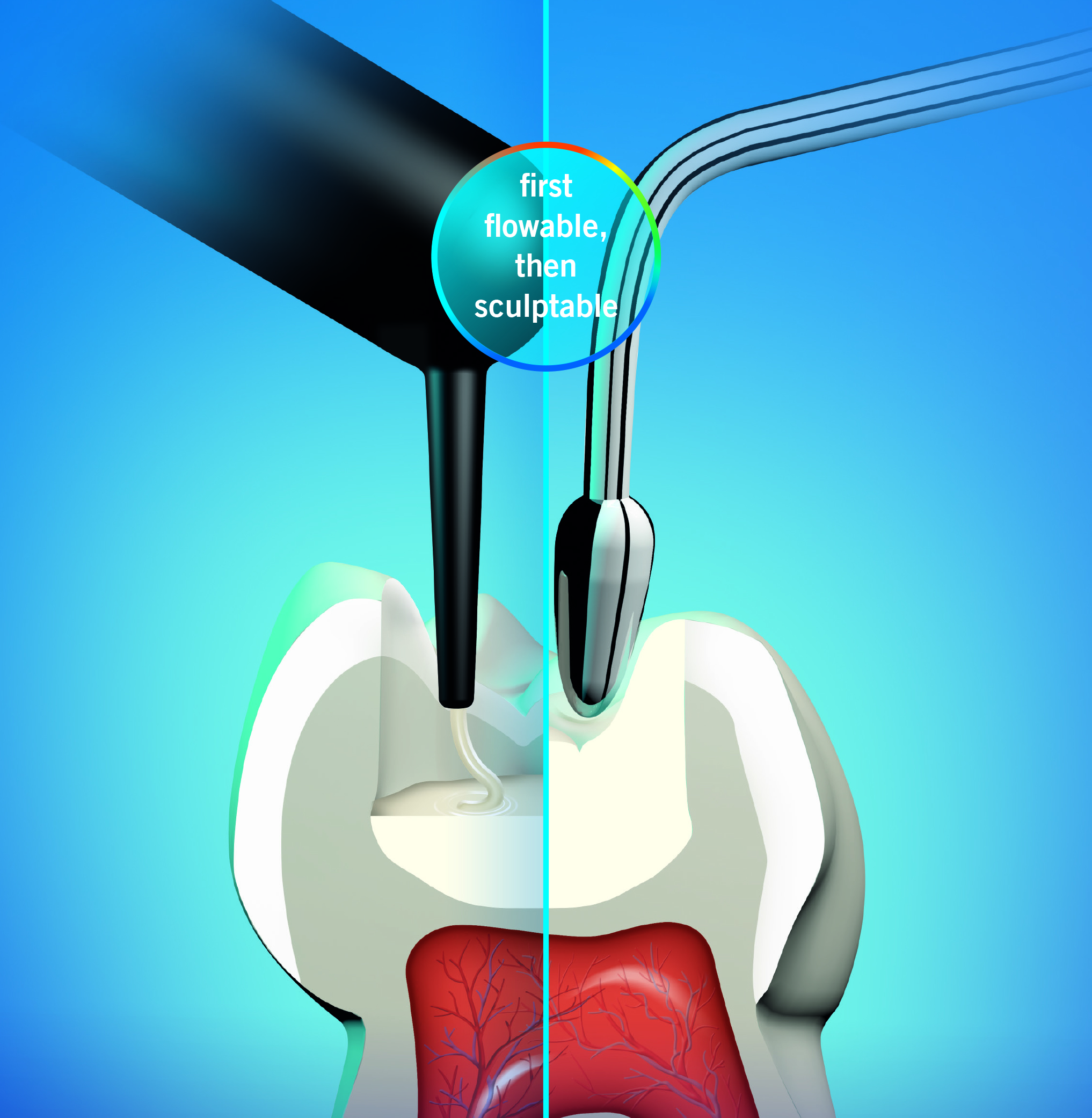Simplifying Cementation True simplification is often easier said than done, particularly for complex procedures such…

Manual cleaning of dental instruments
Clare Clark – BSc (Hons) Microbiology ACIST, Technical Support Manager, schülke UK
All dental patients deserve to receive treatment in a safe and clean environment with consistently high standards of care. This includes the effective cleaning of reusable instruments, contaminated with oral and other body fluids. The principle methods currently available are: cleaning using a washer-disinfector; ultrasonic cleaning; and manual cleaning or a combination of these methods.
Wherever possible, cleaning should be undertaken using an automated and validated process in preference to manual cleaning, using an automated washer-disinfector which includes a disinfection stage that makes instruments safe for handling and inspection. [HTM 01-05]
Research published in 2007 found that contrary to this guidance the most common method for cleaning dental instruments was manual washing, with 41% of practices using no cleaning agent other than water and only 2% of surgeries using a detergent formulated specifically for the manual washing of instruments. [Bagg et al, 2007] Although it is highly likely that infection prevention procedures have improved considerably since then, manual cleaning remains part of the infection control process for many practices.
The manual cleaning of dental instruments may be needed if there are no alternative decontamination methods available, or if it has been specifically recommended by an instrument manufacturer. Occasionally, pre-washing before automated cleaning may be helpful, for example in the removal of tenacious dental materials. The practice of manual cleaning of dental instruments is accepted as a method of decontamination in HTM 01-05 [2013], allowing a practice to undertake manual cleaning and still comply with essential quality requirements.
HTM 01-05 Section 3.3 states that “Manual cleaning, governed by an appropriate protocol, is acceptable within the essential-quality- requirements framework. Within the best-practice framework, however, manual cleaning should be considered only where the manufacturer specifies that the device is not compatible with automated processes (including ultrasonic cleaning) or when the washer-disinfector is temporarily unavailable (for example for repair or validation).”
It is recommended that practices have a detailed protocol for manual cleaning which is understood by all staff and reflects the needs of the practice. The policy can be posted in the decontamination and sterilisation area as well as being contained in the practice manual.
In principle, manual cleaning is the simplest method to set up, but is not easy to validate as it can be difficult to ensure it is carried out effectively on each occasion. In spite of the limitations of manual cleaning, HTM 01-05 [2013] states that it is important for each practice to have the facilities, documented procedures and trained staff to carry it out as a backup for when other methods are not appropriate or available.
Detergent selection is a key component of effective manual cleaning and HTM 01-05 16.3 states that detergents specifically formulated for the manual cleaning of dental instruments ‘should always be used’. The use of enzyme based cleaners and disinfectants can be beneficial in helping aid the breakdown of proteins, fats and sugars when performing manual cleaning.
For example, gigazyme® is a triple-enzyme cleaner designed specifically for the manual cleaning of surgical instruments. This helps ensure the highest levels of cleaning, when undertaken manually.
A product such as gigazyme® plus3 is bactericidal, virucidal and yeasticidal in 5 minutes; with Tb efficacy in 15 minutes. Using a cleaner such as gigazyme plus3 with disinfectant properties helps reduce the risk of cross contamination for dental staff, as well as patients.
It’s recognised that Instruments cleaned as soon as possible after use are more easily cleaned than those left for a number of hours before reprocessing. Where this is not possible, ‘the use of a foam spray or gel intended to maintain a moist or humid environment are thought useful in aiding subsequent decontamination.’ [HTM 01-05] gigazyme® foam which comes in a handy spray, is ideal to use for evenly spraying instruments collected in a soaking tray. This may be done before manual cleaning.
Other considerations include:
 A dirty-to-clean workflow should be maintained throughout the manual cleaning procedure, using two sinks or bowls– one for cleaning and one for rinsing. There should be separate setting-down areas; one for dirty instruments and the other for clean. If there is not sufficient space for two setting down areas, the surface should be thoroughly cleaned between stages to minimise the risks of cross-contamination.
A dirty-to-clean workflow should be maintained throughout the manual cleaning procedure, using two sinks or bowls– one for cleaning and one for rinsing. There should be separate setting-down areas; one for dirty instruments and the other for clean. If there is not sufficient space for two setting down areas, the surface should be thoroughly cleaned between stages to minimise the risks of cross-contamination.
Cleaning – Where manufacturers’ instructions permit, fully submerge items to be cleaned in the detergent solution and scrub instruments using long-handled brushes with soft plastic bristles. Following cleaning, drain the water, avoiding splashing. If the water is heavily soiled, repeat the cleaning procedure. Cleaning brushes should be single-use or if they are reusable, should be washed in hot water using the manufacturer’s recommended detergent after every use.
Carry out a final rinse in the clean sink and after rinsing, drain the instruments and allow to dry.
To maintain the highest standards of staff and patient safety, the effective cleaning of dental instruments is essential. Although the use of an automated washer-disinfector is ideal, it is not always possible or practical, so there are times when manual cleaning is required. To minimise the risk to both staff and patients of cross-infection; practice protocols and written procedures should be in place and followed at all times. This should include the most appropriate cleaning agents, specifically formulated for manual cleaning.
References
Bagg, A. J. Smith, D. Hurrell, S. McHugh and G Irvine, Cleaning re-usable instruments in general practice, Pre-sterilisation cleaning of re-usable instruments in general dental practice. British Dental Journal, Volume 202 No. 9 May 12 2007
HTM 01-05, ‘Decontamination in primary care dental practice’ the Department of Health (England), 2013




